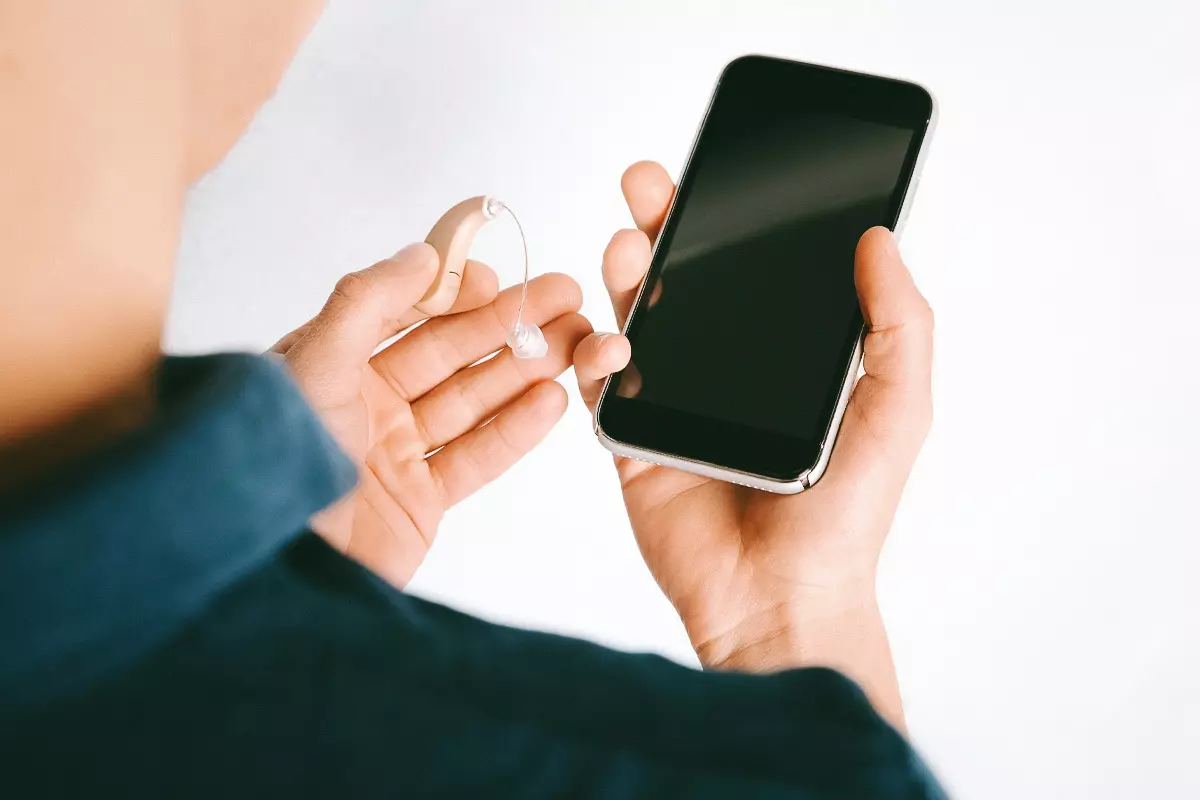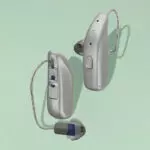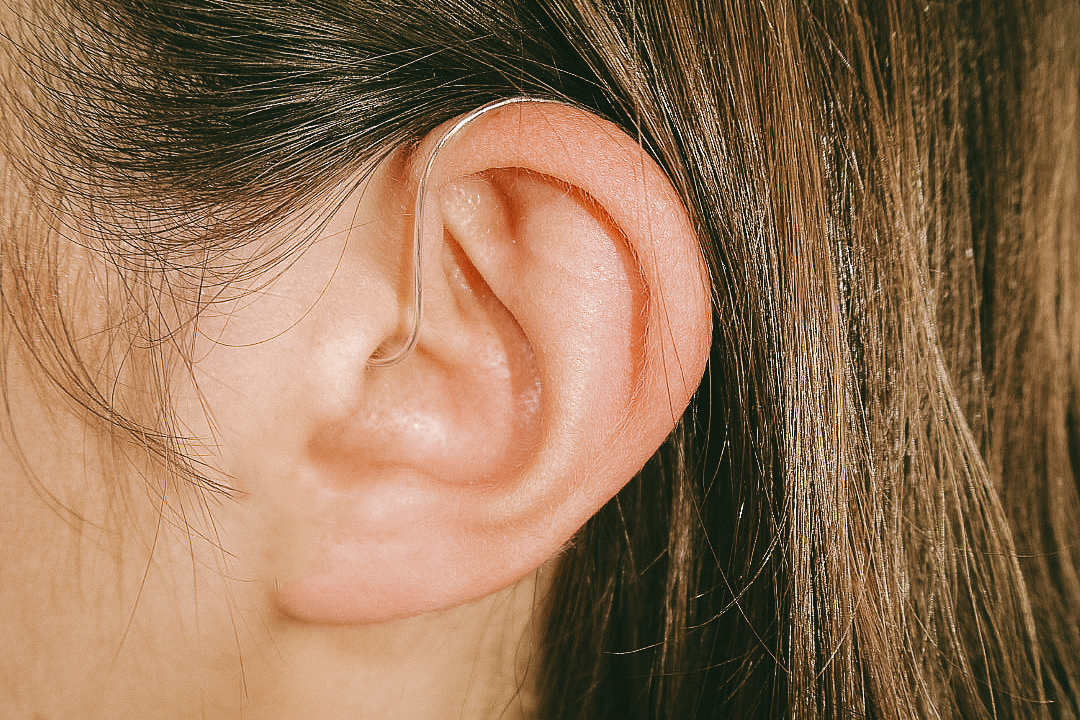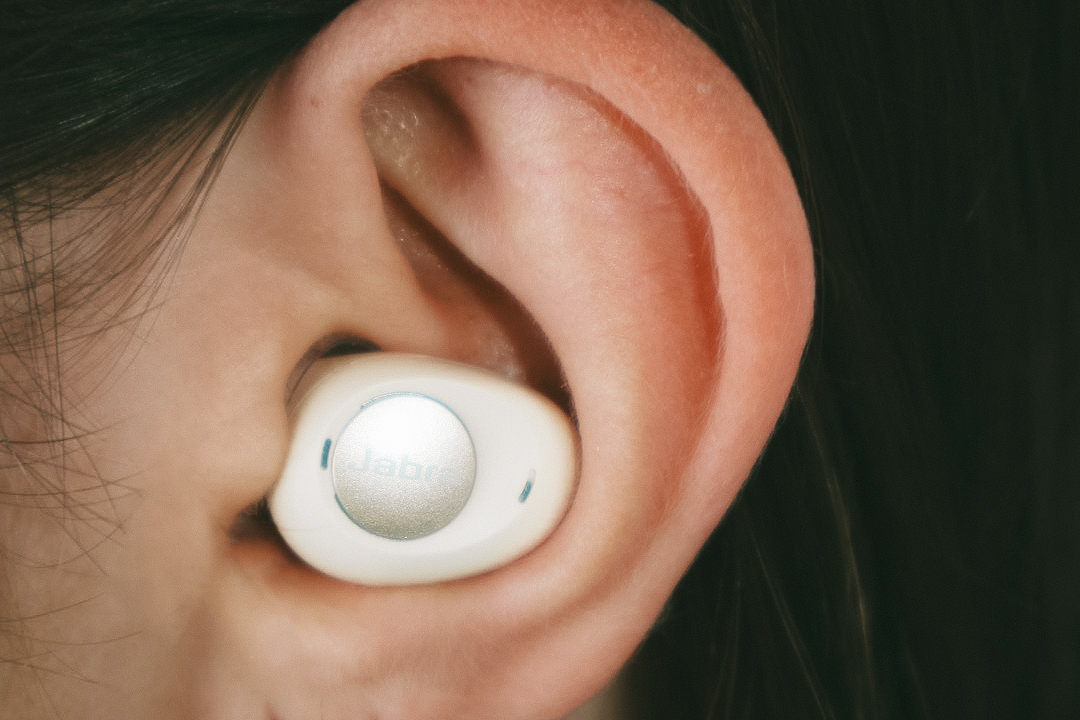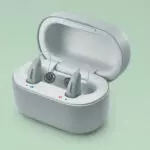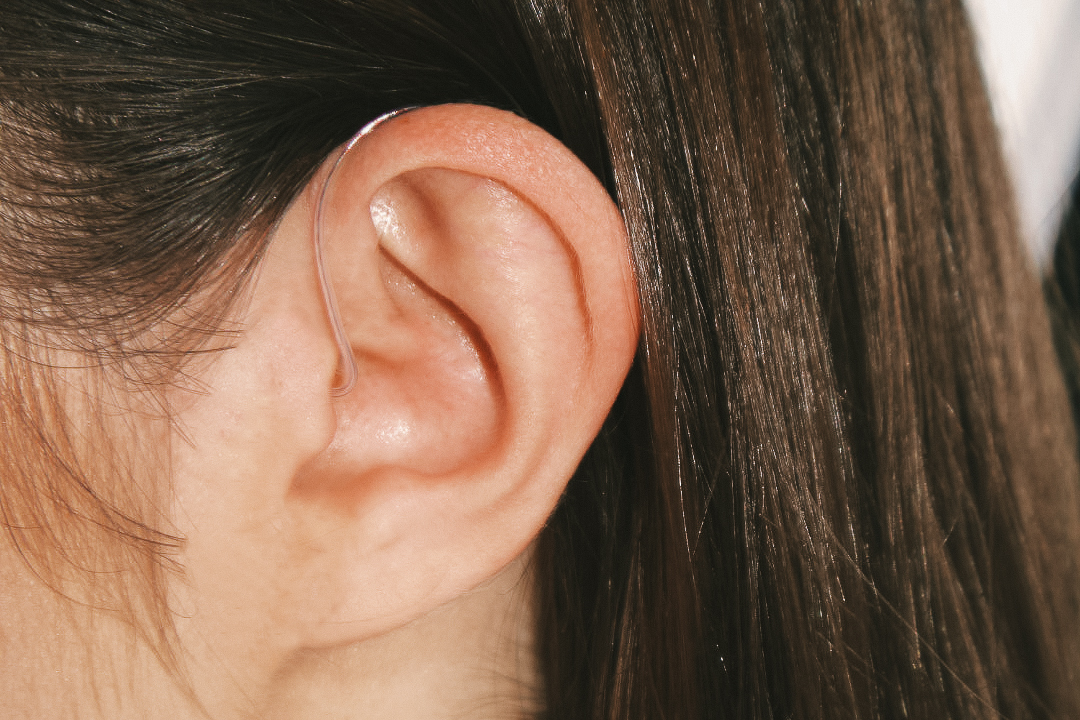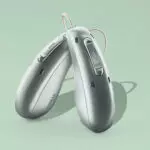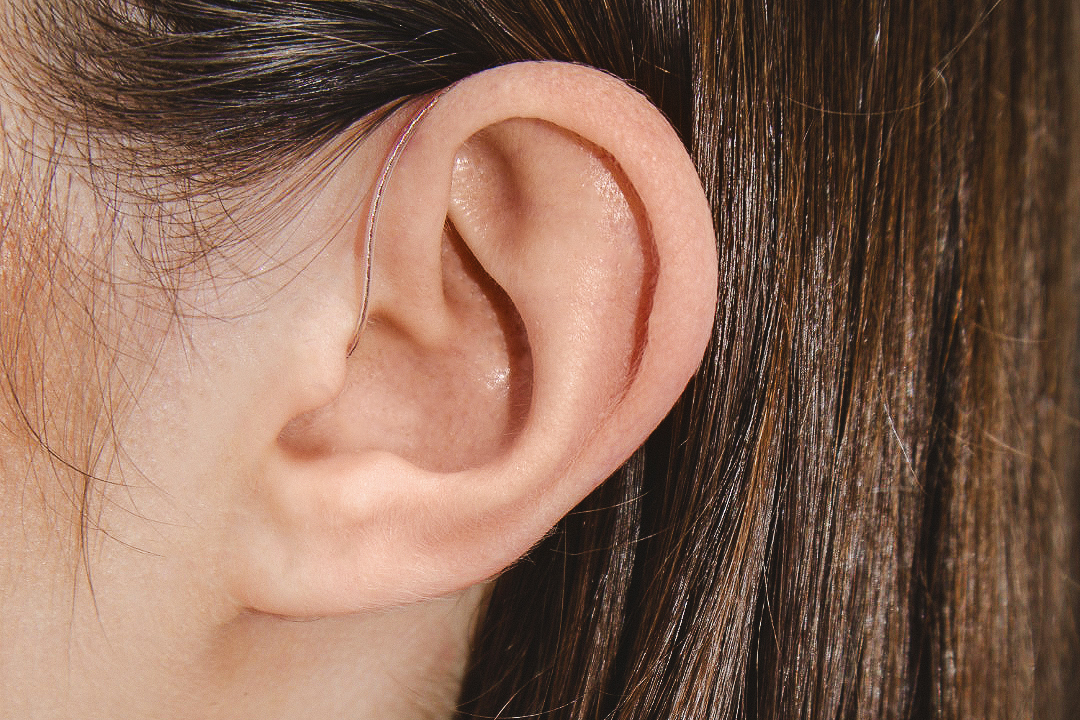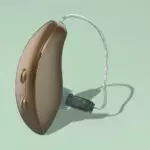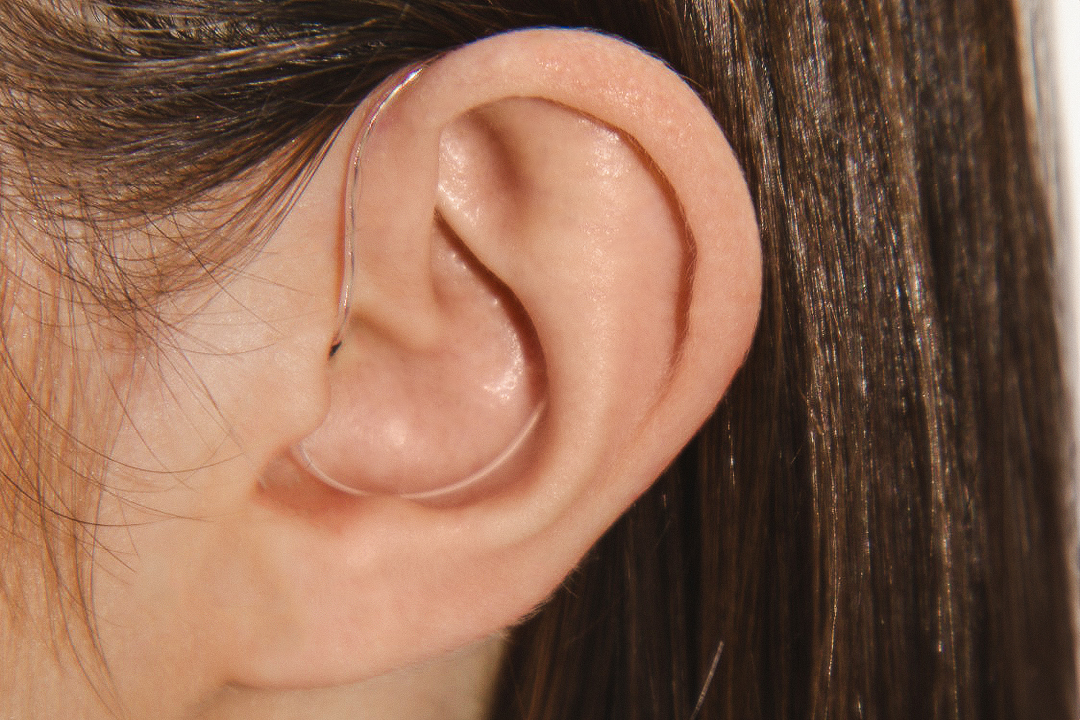Table of Contents
These products & services are researched and tested by HelpGuide’s independent consumer reviews partner. When you buy through the links, we earn a commission.
Hearing aids with Bluetooth streaming open up a world of functionality for people with hearing loss. Millions of people use Bluetooth earbuds for listening to music or taking phone calls. Hearing aids also offer this technology, but they often have better sound quality along with amplification tailored to your hearing loss.
Unfortunately, hearing loss can lead to depression and social isolation. But Bluetooth hearing aids are uniquely suited to help people maintain connections with others and improve quality of life. Bluetooth hearing aids are also more convenient, as they let you stream audio from music, shows, and phone calls directly to your hearing aids.
Bluetooth technology transforms hearing aids into personalized wireless headsets, tailoring sound to individual hearing needs. This enhancement provides a crucial boost in speech clarity during phone conversations, ultimately deepening and enriching social connections for users.
Rebecca Lewis, chief of audiology at the University of California San Francisco Health
Bluetooth hearing aids come in a wide range of prices and with various styles and features. It’s great to have options, but more choices can make it hard to know which device is optimal for your hearing needs. We tested 14 Bluetooth hearing aids to help you choose a brand and model that fits you best.
Which Bluetooth hearing aid is right for you?
For the best OTC hearing aid with Bluetooth: Jabra Enhance
For the best value: Lexie
For the best sound quality: Phonak
For the best lifestyle hearing aid: Starkey Genesis AI
Why HelpGuide cares about hearing loss




Mental health and hearing are closely linked. In fact, people with hearing loss tend to experience higher rates of anxiety, depression, and social isolation, which can result in loneliness and frustration, according to research.
Hearing loss is also associated with dementia. Recent research shows how older adults at increased risk of dementia experienced less cognitive decline after using hearing aids.
It’s clear that hearing loss has far-reaching effects on physical and mental health. This is why at HelpGuide, we’ve made it our mission to give every person access to the best information about hearing aids, so we can help get quality products into the hands of people who need them.
Our Handbook Team hand-tests every hearing aid brand we review, so we can feel confident recommending the best products for our readers. We also consult with hearing health researchers, audiologists, industry leaders, and mental health providers. These experts thoroughly vet our choices and help us better understand the nuances of how hearing health impacts physical and mental health.
We also put ourselves in the consumer’s shoes by mystery shopping brands and walking through the set-up process as new customers. Additionally, we interview real people with hearing loss and survey hearing aid users.
By compiling our testing data, interview and survey responses, and insights from hearing care providers, we’ve developed a strongly informed perspective that we’re sharing with you here.
Learn more about our hearing aids review methodology.
What you need to know about our hearing aid research and testing
Here are the five most important things to know about Bluetooth hearing aids.
Our testing experience
After our Handbook Team hand-tested 14 hearing aids, mystery shopped 11 brands, and gathered insights from hearing professionals, four stood out as the best hearing aids on the market.
Our testers tried multiple devices and answered a checklist of 25 questions about each. We used these answers to look for outstanding performers. The process looked like this:
We encountered a number of surprises during the testing process. Batteries that were hard to change, hearing aids that didn’t stay in our ears, distracting background noise, confusing user manuals, and customer service marked by long wait times were among the biggest drawbacks of certain brands.
But we were impressed with the helpful audiology support, fine-tuning adjustments, Bluetooth sound quality, and user-friendly apps offered by other hearing aid companies.
From our tester
“I was very pleased by how easy certain hearing aids and their accompanying apps were to set up and use but surprised by the poor quality of other devices. Only by hand-testing each model did I uncover the small details of each hearing aid that can make all the difference when you’re using this type of device every day.”
Our experts selected the top two over-the-counter (OTC) hearing aid brands for their stellar products and service. Keep in mind, OTC hearing aids are only appropriate for adults 18 and over with mild to moderate hearing loss, and they can be purchased and set up without help from a hearing professional.
Prescription hearing aid companies offer a greater variety of models for all degrees of hearing loss. We chose two of the top brands based on our testing results. You’ll need to visit a hearing care clinic and have an in-person hearing exam before buying a prescription hearing aid. Read on to see which of our picks is the best choice for you.
Compare the best Bluetooth hearing aids of 2024
| Brand | Price per pair | Hearing aid type | Degree of hearing loss | Battery type | Learn more |
|---|---|---|---|---|---|
| $799–$1,995 | In-the-ear, receiver-in-canal | Mild to moderate | Disposable, rechargeable | Visit Site | |
| $799–$999 | Behind-the-ear | Mild to moderate | Disposable, rechargeable | Visit Site | |
| $2,475–$5,445* | Behind-the-ear, receiver-in-canal | Mild to profound | Disposable, rechargeable | Visit Site | |
| $2,365–$5,945* | Receiver-in-canal, in-the-ear, in-the-canal, completely-in-canal, invisible-in-canal | Mild to severe | Rechargeable | Visit Site |
*Prescription hearing aid prices can vary based on the retailer.
The best Bluetooth hearing aid reviews
Pros and cons of Bluetooth hearing aids
Bluetooth hearing aids open up a world of possibilities when it comes to controlling your devices with an app and listening to music, shows, and phone calls through your hearing aids.
Streaming phone calls and media to hearing aids via Bluetooth significantly enhances auditory experiences by allowing users to utilize both ears together, supporting improved speech understanding and reduced listening effort through the benefits of binaural hearing. Additionally, some hearing aids even feature the ability to reduce environmental background noise, further improving focus during your most important phone conversations.
Rebecca Lewis, chief of audiology at the University of California San Francisco Health
What we like about Bluetooth hearing aids
- Increased functionality allows hearing aids to act as wireless earbuds.
- Bluetooth LE, available in most newer hearing aids, uses less energy than traditional Bluetooth technology.
- Bluetooth hearing aids come in a wide variety of styles and price ranges.
What we don’t like about Bluetooth hearing aids
- Bluetooth usage shortens battery life.
- It can take multiple attempts to connect Bluetooth hearing aids to the app.
- Bluetooth hearing aids tend to cost more than hearing aids without Bluetooth.
Key features to look for in a Bluetooth hearing aid
When shopping for a hearing aid with Bluetooth, look for the following key features:
- Audio-streaming, hands-free calling, and an app for making adjustments.
- Excellent sound quality.
- Reliable customer service.
- The battery type you want: disposable or rechargeable.
Bluetooth hearing aid costs
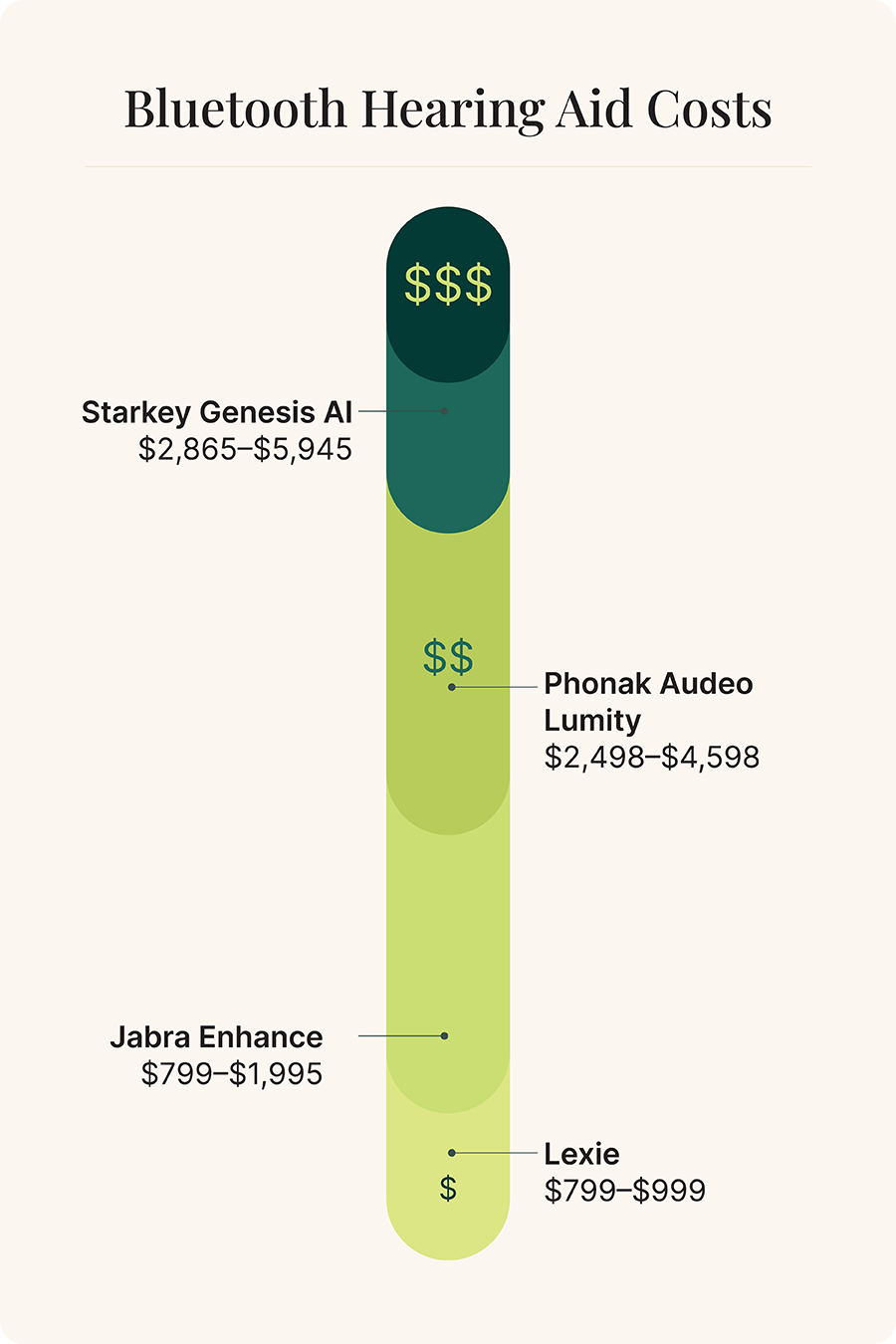
The cost of Bluetooth hearing aids has come down quite a bit over the past year. The least expensive hearing aids we’ve found with Bluetooth streaming are from Go Hearing, which is made by HearX, the same manufacturer that makes Lexie hearing aids. The Go Ultra model from Go Hearing includes Bluetooth streaming and is priced at $499 per pair, roughly half the cost of Bluetooth hearing aids from Lexie or Jabra Enhance.
All prescription hearing aids come standard with Bluetooth streaming, and they start at around $1,600 per pair. That cost can rise upwards of $8,000 depending on your degree of hearing loss and the level of sound technology you need and want in a hearing aid.
As prescription hearing aids are customized to your hearing loss by an audiologist, Phonak and Starkey, along with Oticon, ReSound, Signia, and Widex, come with more sophisticated sound technology, greater amplification power, and often more features than OTC hearing aids. They also offer the option of in-person service, which isn’t available from most OTC hearing aid manufacturers.
We talked with Kate Carr, president of the Washington, DC-based Hearing Industries Association, about the difference between OTC and prescription hearing aid prices. “It’s the technology along with the services that drive the cost,” says Carr. They also pointed out that a person’s needs and preferences can influence which type of hearing aid is a better fit for them.
Part of it depends upon the individual. Some people need highly individualized services, and some people are able to do this on their own.
Kate Carr, president of the Hearing Industries Association
When shopping for hearing aids, think about your personal preferences, budget, and level of hearing loss to help in your decision-making process.
Our final verdict
Hearing aids with Bluetooth connectivity and streaming can be a game changer for people with hearing loss. This feature allows you to adjust your hearing aid settings with your phone, so you can do so discreetly and easily. You can also get remote assistance from your audiologist through the app and, of course, stream music, shows, and phone calls.
For all these reasons, we’ve been excited to see a variety of Bluetooth hearing aids enter the market over the past few years. Among OTC brands, we like Jabra Enhance and Lexie for their quality, comprehensive remote support, and value. Our two favorite prescription brands are the Phonak Lumity line and Starkey Genesis AI for their outstanding sound quality, high customization capabilities, and robust apps with lifestyle features like activity tracking and fall detection.
Read our full lineup of the best hearing aids of 2024 to find even more hearing aid options.
Frequently asked questions
Some Bluetooth hearing aids are covered by health insurance, but it depends on the brand of hearing aid and your insurance plan. Contact your insurance provider to find out if you have hearing coverage, and if so, which hearing aid brands are covered.
Prescription Bluetooth hearing aids like those from Phonak and Starkey are available for purchase from hearing clinics, where an audiologist or hearing instrument specialist will conduct a hearing exam and then program your new hearing aids to match your hearing loss profile.
OTC hearing aids, like Jabra Enhance and Lexie, can be purchased online. You’ll take an online hearing test with Jabra or use the app with Lexie hearing aids to take a quick hearing screen. Jabra’s audiology team will program your hearing aids before sending them to you, and Lexie hearing aids are self-fitting, which means they automatically adjust to your hearing screen results using the app.
Some OTC hearing aids, such as Sony, GoHearing, and Eargo, can be purchased online and in retail stores.
Anyone who wants to stream audio, TV shows, or phone calls may enjoy using Bluetooth-enabled hearing aids.
For an outstanding pair of OTC Bluetooth hearing aids, we like Jabra Enhance and Lexie the best. Phonak and Starkey are our two favorite brands of prescription Bluetooth hearing aids due to their robust feature set and top-notch sound quality.
Bluetooth hearing aids can cost anywhere from $299 to upwards of $8,000 per pair. Cost is greatly influenced by the level of technology and power included in the hearing aid.
- Bigelow, R. T., Reed, N. S., Brewster, K. K., Huang, A., Rebok, G., Rutherford, B. R., & Lin, F. R. (2020). Association of hearing loss with psychological distress and utilization of mental health services among adults in the United States. JAMA Network Open, 3(7). Link
- Depression and hearing loss. American Academy of Audiology. (2022, May 27). Link
- Lin, F. R., Pike, J. R., Albert, M. S., Arnold, M., Burgard, S., Chisolm, T., Couper, D., Deal, J. A., Goman, A. M., Glynn, N. W., Gmelin, T., Gravens-Mueller, L., Hayden, K. M., Huang, A. R., Knopman, D., Mitchell, C. M., Mosley, T., Pankow, J. S., Reed, N. S., … Coresh, J. (2023). Hearing intervention versus health education control to reduce cognitive decline in older adults with hearing loss in the USA (achieve): A Multicentre, randomized controlled trial. The Lancet, 402(10404), 786–797. Link
- Hearing Aid Users Survey. 600 respondents. Conducted using Pollfish. Launched August 2023.



